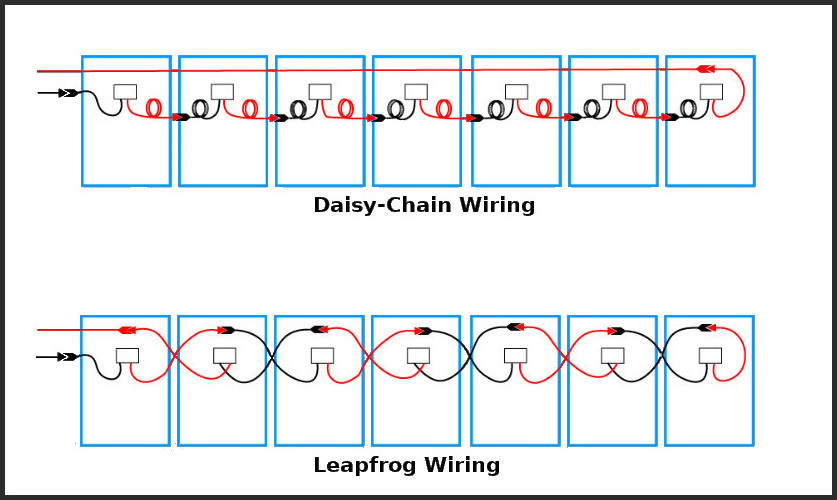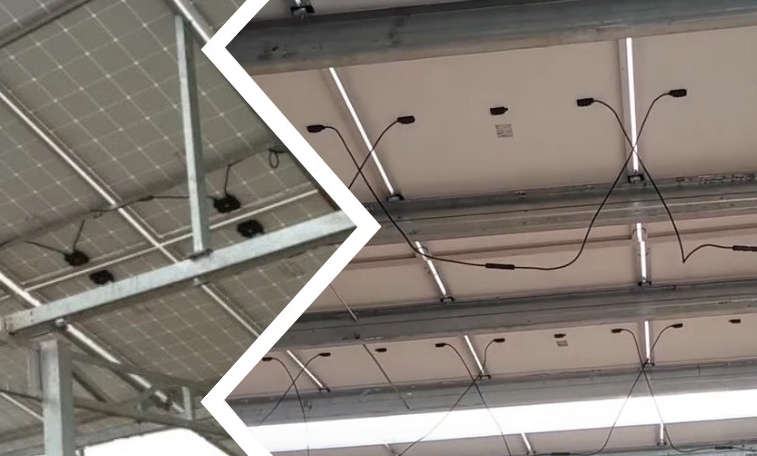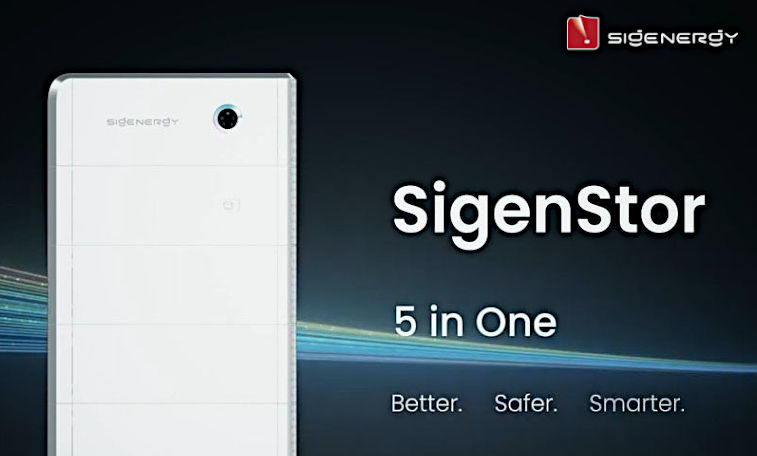Solar Panel Wiring Basic Techniques: Daisy-Chain and Leapfrog
Solar Panel Wiring Basic Techniques: Daisy-Chain and Leapfrog
Solar panel wiring and how to string solar panels together are fundamental topics for any solar installer. Stringing configurations can impact on the safety, functionality, and power of a solar array.
Cable management can often be overlooked in installations but climate, animals, weather conditions, and other factors can easily damage wires that are not properly secured. In addition, solar panels which are not properly aligned and secured could shift or even fall. All these factors can lead to system downtime and costly repairs.
A good practice is fixing or channelling cables by using conduits, cable trays, ties, and clips when they are too long. This is a great practice to protect not only the installation, but people.
A proper solar panel wire management plan is therefore crucial.
When it comes to solar panel wiring, there are two important techniques: Daisy-Chain and Leapfrog - also known as skip-wiring.
Daisy-Chain Technique
In this technique, the installer wires panels continuously together, one after another, and then attaches a return wire to each end of the row.
The Daisy-Chain method is simpler and easier to apply for string panels, especially when a string is not in a straight line and connecting cables are not long, about 1.10m or less.
But a longer return wire can be a cause of earthing fault if incorrectly pulled through. Therefore, the installer might have the extra work of managing cables to secure them in place.
Excess wiring is also noticeable when systems are configured with a portrait orientation.

The Leapfrog Technique
With the alternative Leapfrog method, the installer starts linking panels by skipping every other panel to the end of the array and then coming back on the alternate panels to the beginning of the array. Cabling ends up back at the same starting point, so it does not require a return wire.
This technique is considered by some as being more efficient than the Daisy-Chain method both in terms of electromagnetic loop reduction (less voltage drop) and wiring requirement.
The method allows better cable management.
It is worth noting that in cases where cables are not sufficiently long (less than 1.10m), leapfrogging is not feasible.






